






The G55 history
Contents
- The Daimler-Benz 605A and the FIAT RA1050 RC58 I
- The "Serie 5" fighters
- The German affair
- Main variants and production of the G55
- G55 Operations in WWII
- References
The Daimler-Benz 605A and the FIAT RA1050 RC58 I
The so called "Serie 5" generation of Italian fighters origins its name in the DB 605A German engine, one of the most successful and mass produced aviation engines in WWII. Around this engine, license built by FIAT and renamed RA1050 RC58 I "Tifone", were built the last and best performing Italian fighters in WWII: the Macchi MC205 "Veltro", the Reggiane Re2005 "Sagittario" and the FIAT G55 "Centauro".
The FIAT code for the engine, following the Italian standard introduced in 1933, embeds several specification data. "RA" means that is an engine equipped with reduction gear and designed for high altitude performances. "RC" means that is a supercharged engine and "58" indicates the altitude (5800 m) at which the supercharger reestabilishes the power. "I" means that the cylinders are inverted.
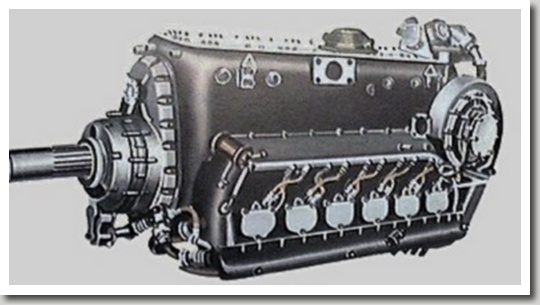
Fig. 1: The DB605A engine, built in Italy by FIAT as RA1050 RC58 I "Tifone"
The DB605A was a 12-cylinder, inverted V type with 4 valves for cylinder, direct injection and centrifugal supercharger with automatic barometric activation. The ignition system had two sparkplugs for cylinder and was driven by twin magnetos built in Italy by Marelli under Bosch license (as a bit of a curiosity, after the war the very same ignition system equipped the Ferrari 375 racing car, which participated in the 1950 and 1951 F1 championships).
The DB605A was designed for a max power of 1475 hp at 2800 rpm, but the first engines produced, due to detonation problems and piston failures, had the "emergency" settings disabled and were limited to 2600 rpm, giving a max power of 1350 hp. Problems were solved in 1943 by strenghtening some parts and adopting new sparkplugs by Bosch. The very same troubles afflicted also the FIAT version and were solved a bit later: until early 1944 the FIAT engine was limited to 2600 rpm.
Another difference between the original DB605A and the FIAT engine was the substitution of some rolling bearings with slider bearings. This solution did not compromised the performances and solved the problems related to the availability of rolling bearings. The drawback was in terms of duration and increased need of maintenance.
The German engine evolved in many variants. Few of them (the 605AM, for instance) were equipped with water-methanole injection, resulting in a maximum emergency power in the range of 1700 hp. In Italy however, only the 605A version was built by FIAT.
The "Serie 5" fighters
At the beginning of the war the Regia Aereonautica was equipped with fighters still based on old designs: biplanes or monoplanes with underpowered radial engines. The development of a modern fighter with an inline engine was mostly delayed by the absence of a good engine of this type produced in Italy.
The availability of the DB601 engine, license built by Alfa Romeo as RA1000 RC41 I, resulted in a well identified generation of Italian fighters. The Macchi industries built the Mc202, surely the most successfull exponent of the 601 generation, and Reggiane produced the Re2001. FIAT did several experiments: the G50V and the CR42/DB, which resulted in flying prototypes, and the G52 project. All these experiments, while successfull in terms of performances, were later abandoned.
The scarce committment of FIAT in the development of a DB601 based fighter was motivated by two reasons. First, FIAT was involved in the development of its own engine, the A38, an original 16 cylinder inverted V type design that was equipped with a pair of counter-rotating propellers and that derived by the AS.5, AS.6 and AS.8 series of race engines. Second, FIAT was also trying to obtain the license for the production of the DB605.
At the end of 1941 the license to build the DB605 was finalized. The availability of this engine was the base for the specifications of a new generation of fighters. The call was extended to Macchi, Reggiane and FIAT. The names of the new fighters respectively "Veltro" (Greyhound), "Sagittario" (Archer), and "Centauro" (Centaur) were inspired by the Italian names of the constellations.
The Macchi MC205 was a direct evolution of the MC202, which was already equipped with the Alfa Romeo version of the DB601. The Reggiane Re2005 was the final development of the Reggiane formula initiated with the Re2000 "Falco". The FIAT G55 was based on a former project intended for the FIAT A38 engine, but actually was a completely new design. The code of the FIAT aircraft was made by the project number, 55, and, in the Italian tradition, the initial of its designer: Giuseppe Gabrielli.
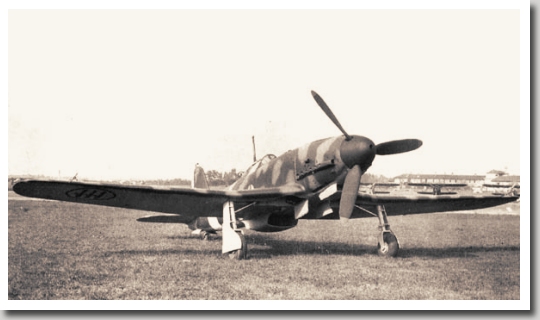
Fig. 2: the second prototype of the G55 at the Aeritalia airfield, near Turin (late 1942)
The MC205 made its first test flight on 19 April 1942, the first G55 prototype flyed on 30 April and the Re2005 on 9 May. The evaluations were excellent for all the three aircrafts, but the G55 was the best average performer and won the tender set by the Regia Aereonautica. The MC205 was good at low and medium altitudes but its performance dropped considerably over 8000 meters. The Re2005 was the fastest at high altitudes, but suffered of structural weakness. The G55 prototype reached 620 kmh full loaded, a little less than expected, but had a strong airframe and was the best one regarding handling and stability at every altitude. The only negative remark noticed by G55 pilots was the pronounced port swing at take-off.
In December 1942 the first planned production of the G55 counted 1800 units in 3 series. In February 1943 the production plans raised to 3600 units. The G55 was better designed and easier to manufacture than the others Serie 5 aircrafts, but it was completely different from the previous FIAT aircrafts, and difficulties in setting up the assembly lines delayed the production. The MC205 was delivered first and, at the end of the war, it was built in a greater number (about 260), while about 200 G55's were produced during the war, but only about 110 were able to be used in war operations. The other Serie 5, the Re 2005 was built in about 30 units which about 20 of them were delivered to the Regia Aereonautica, however, because risks due to flutter and tail section weakness operative use was quite limited and production was definitively stopped after the Armistice (8 September 1943). After this date the MC205 was still built at Varese until Allied bombing stopped the production. The G55 was produced mainly after the Armistice, at Aeritalia plants in Turin, until war events induced the German authorities to stop the production in September 1944.
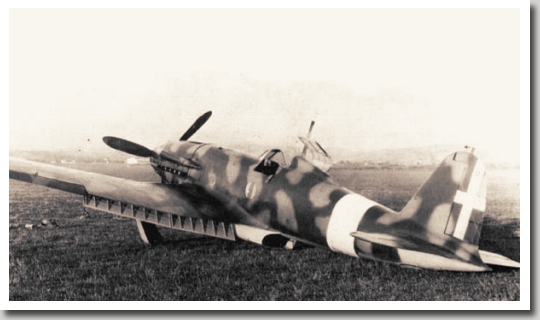
Fig. 3: the second prototype of the G55 damaged in a forced landing at Guidonia (Summer 1943)
In the above pictures is shown the second prototype of the G55 (MM492). This aircraft mounted an original DB605 engine and a German paddle-blade VDM propeller. The third G55 prototype (MM493) was the first to mount the RA1050 engine and the Piaggio P2001 propeller, which became the standard for the production series. The particular "lizard" camo schema shown in the photos was used only by the prototypes.
The German affair
In December 1942 a technical commission of the Regia Aeronautica was invited by Luftwaffe to test some German aircrafts in Rechlin. The visit was part of a joint plan for the standardization of the Axis aircraft production. In the same time some Luftwaffe officers visited Guidonia where they were particularly interested in the performances promised by the Serie 5's. On December 9 these impressions were discussed in a Luftwaffe staff meeting and rised the interest of Goering itself.
In February 1943 a German test commission was sent in Italy to evaluate the new Italian fighters. The commission was led by Oberst Petersen and was formed by Luftwaffe officiers and pilots nad by technical personnel, among them the Flugbaumeister Malz. The Germans carried with them also several aircrafts included a Fw190A and a Me109G for direct comparison tests in simulated dogfights.
The tests began February 20. The German commission, not without a certain surprise, was very impressed by the Italian aircrafts, the G55 in particular. In general, all the Serie 5's were very good at low altitudes, but the G55 was competitive with its German opponents also in term of speed and climb rate at high altitudes still maintaining superior handling characteristics. The definitive evaluation by the German commission was "excellent" for the G55, "good" for the Re2005 and "average" for the MC205. Oberst Petersen defined the G55 "the best fighter in the Axis" and immediately telegraphed his impressions to Goering. After listening the recommendations of Petersen, Milch and Galland, a meeting held by Goering on February 22 voted to produce the G55 in Germany.
The interest of the Germans, apart from the good test results, derived also from the development possibilities they was able to see in the G55 and in the Re2005. For the Re2005 the German interest resulted in the provision of an original DB605 with the new WM injection. This engine and a VDM propeller were installed on the MM495 prototype that was acquired by Luftwaffe and tested in Rechlin. The aircraft reached 700 km/h during a test with a German pilot, but the airframe was not judged sufficiently strong for these performances.
The G55 was bigger and heavier and was considered a very good candidate for the new DB603 engine. Other visits were organized in Germany during March and May 1943 in Rechlin and Berlin. The G55 was again tested at Rechlin at the presence of Milch. Gabrielli and other FIAT personalities were invited to visit German factories and to discuss the evolution of the aircraft. The specifications of the German G55/II included the DB603 engine, five 20 mm guns and a pressurized cockpit. The suggestion of weapons in the wings, limited to one 20 mm gun for each wing, originated the final configuration of the Serie I, while the 603 engine was succesfully installed in the G56 prototypes.
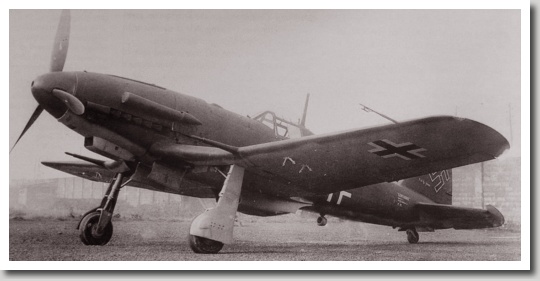
Fig. 4: A G55 Serie I with Luftwaffe markings (Autumn 1943)
As a concrete results of the German interest in the G55, the Luftwaffe acquired three complete G55 Sottoserie 0 airframes (MM91064-65-66) for evaluations and experiments giving in change three DB603 engines and original machinery for the setup of other production lines of the DB605/RA1050 RC58 I. Two of the Luftwaffe G55's remained in Turin, at the Aeritalia plants, where they were used by German and Italian engineers to study the planned modifications and the possible optimizations to the production process. Later these two were converted to Serie I and delivered to the ANR. The third one was transferred to Rechlin for tests and experiments in Germany. The DB603 engines were used to build the G56 prototypes.
The interest in the G55 program was still high after the Armistice: in October 1943 Kurt Tank, who previously personally tested a G55 in Rechlin, was in Turin to discuss about the G55 production. However, war events and the not yet optimized production process were the reasons for which the G55 program was eventually abandoned by the Luftwaffe. Early produced G55's required about 15000 manhours; while there were estimations to reduce the effort to about 9000 manhours, the German factories were able to assemble a Bf109 in only 5000 manhours.
Main variants and production of the G55
While the G55 is mostly know in its final configuration, actually there were two production series with noticeable differences, in particular in the armament. In its original design the G55 mounted 4 Breda SAFAT 12.7 mm machine guns and one Mauser MG151 20 mm cannon. The cannon was engine-mounted, the machine guns were placed in the fuselage firing throught the propeller, two above the engine and two under it. In Fig. 1 it is possible to see the cutouts in the engine cowling at the sides of the oil radiator. The three flying prototypes (MM491, MM492 and MM493) and the first produced G55's (the so called "Sottoserie 0") had this armament configuration. The serial numbers of the Sottoserie 0 go from MM91053 to MM91069 (17 aircrafts), in particular:
- MM91053 is the first produced aircraft, it was tested on 10 April 1943 and delivered in June to the Regia Aereonautica;
- MM91058 was temporarly moved to the airfield of Furbara where it was used for flying tests;
- MM91060 was also used to test the modifications for the Serie I production;
- MM91064, MM91065 and MM91066 were delivered to Luftwaffe before the Armistice;
- MM91068 and MM 91069 were completed but not yet delivered at the date of Armistice.
The main difference introduced by the Serie I production was the adoption of two wing-mounted Mauser MG151 cannons that replaced the two Breda's mounted under the engine. These guns were not easily accessible making maintenance and operations difficult. Other modifications were the slightly different shape of vertical tail and rudder, the removed chutes for the ejecton of the shells of the lower mounted Breda's, the strengthened tail gear leg and the wing attacks for bombs or external tanks. Another modification was the inverted throttle lever, which now follows the usual German standard. The serial numbers of the Serie I officially produced during war go from MM91070 to MM91156 (87 aircrafts), in particular:
- MM91086 was not delivered but used to test the modifications for a torpedo bomber version;
- MM91149 was the last aircraft delivered to the ANR;
- MM91150 was captured and serial numbered as RAF VF204;
- MM91156 was the last aircraft completed and tested.
On 4 August 1944 a test pilot of Aeritalia, using one of the G55's ready to be delivered (MM91156), piked up an Allied spy in the narrow G55 cockpit and escaped beyond the front line. The aircraft (shown in fig. 3) was then captured by the Allied and shipped in England to be used for evaluations. This episode was relevant for the German authorities to decide to stop the Aeritalia production that definitively ended in September 1944.
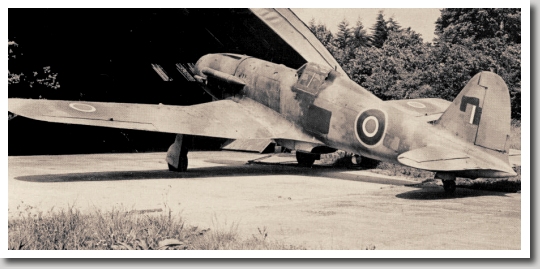
Fig. 5: the captured G55 at the RAF test site in Tangmere
The G56 was an evolution of the G55 to mount the more powerful DB603 engine. Two flying prototypes were build and evaluated by Luftwaffe with excellent results: it reached 685 kmh still maintaining the high caracteristics of stability and handling of the G55; no trace of flutter were noticed even when manoeuvering at high acceleration. The first prototype, serial numbered MM536, had is first flight on 28 March 1944, but it was seriously damaged in the bombing raid of the 25 April. The second prototype, MM537, had the maiden flight on 11 September 1944, one of the last official activities at the FIAT/Aeritalia plants. Main differencies introduced with the G56 were the longer nose to give room to the bigger engine, the elimination of the two 12.7 mm Breda's mounted on the engine cowling and the possibility to substitute the engine mounted 20 mm Mauser with a Mk108 30 mm cannon.
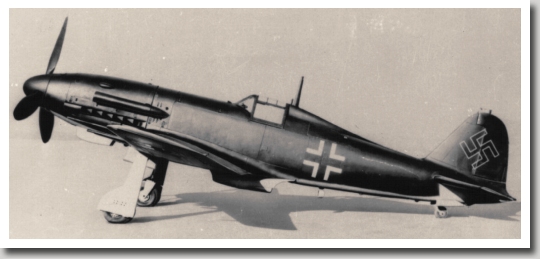
Fig. 6: the G56 prototype with the Luftwaffe insignia (1944)
In September 1944 the German authorities ordered the stop of the production and the destruction of all the already built components, but actually these order were disregarded. After the war production of the G55 started again and in late 1946 some of the aircrafts that escaped the destruction (by Allied bomb raids or by German scrapping orders) were completed and delivered to the flight school of the Italian Air Force in Lecce. This second production series is known as G55A. In Decembers 1946 also made its first flight the G55B, a two-seats version specifically conceived for training purposes. Several other Air Forces adopted the G55: in 1946-47 30 G55A's and 15 G55B's were sold to Argentina; in 1948-49 other G55's, both single and two seats versions, were delivered to Aegypt and to Syria.
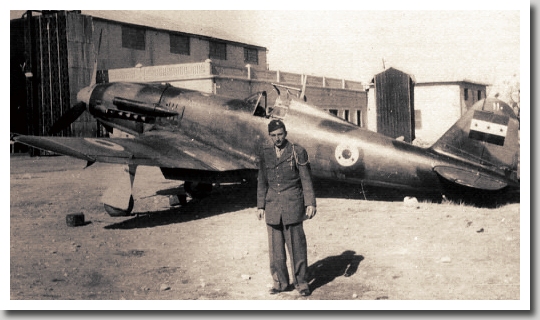
Fig. 7: a G55A in service with the Syrian Air Force (1948)
The last evolution of the G55 was designed to commercially exploit the availability on the post-war market of other engines as the Packard V-1650/7 or the Rolls-Royce Merlin. The Merlin powered version was named G59 and was built in quantity and in different versions, becoming the last piston engine fighter built in Italy. Still in these late phase of the G55 life, original G55's built during war and still preserved were converted to the new version.
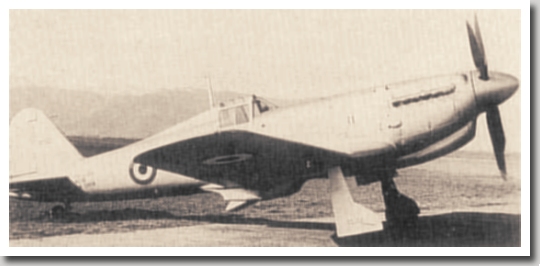
Fig. 8: a G59/1A, the evolution of the G55 to adopt the RR Merlin engine (1949)
The G59 was built in about 110 units, in 6 different series, both in single and double seat versions. The last version, the G59/4 had a bubble canopy and was equipped with a RR Merlin T24-2/500 with a four blade propeller FIAT 5010. Different armament configurations were possible: 4 x 20 mm Hispano-Suiza, 4 x 50 cal. Browning, 4 x 12.7 Breda, 2 x 12.7 Breda or 1 x 12.7 Breda equipped with guncamera for training purposes.
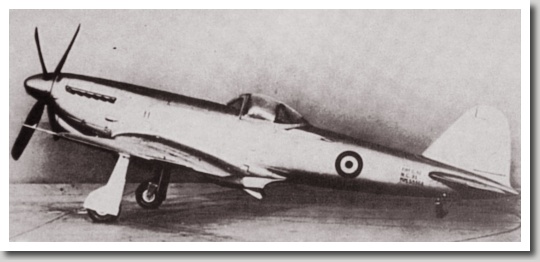
Fig. 9: a G59/4A, the last piston engine fighter built in Italy (1951)
G55 operations in WWII
The first operational unit of the Regia Aereonautica to be equipped with the G55's was the 353th Squadriglia of the 20th Gruppo of the 51st Stormo. This unit started to receive the G55's in April 1943 when arrived the third prototype (MM 493). The unit was equipped with Macchi 202 and 205 and based at Ciampino, near Rome. In May the 353th moved to Capoterra, in Sardinia, were was involved in many fights against formations of Allied bombers. The day of June 5 the airfield was bombed and 5 Macchi's were destroyed at ground. The same day the G55 participated to its very first war action and was involved in the downing one of the B26's attacking the Capoterra airfield. Few days later, on June 10, another G55 that was under final evaluations at the Test Centre at Guidonia made a scramble togheter with other aircrafts of the Centre, but without actually engage the enemy.
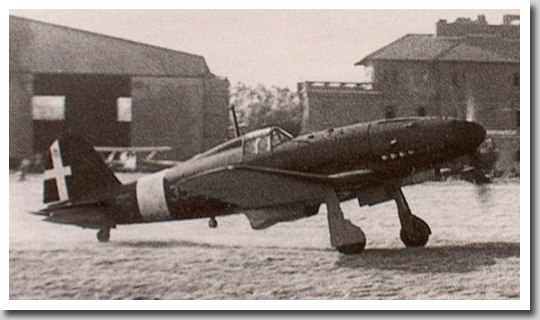
Fig. 10: one of the first Sottoserie 0's delivered to Regia Aereonautica (July 1943)
Before the Armistice, a total of 12 G55's (included the MM 493) were delivered to the 353th. However few of the G55's were fully operative, mainly due to problems at the tail gear: in July 1943 only one aircraft was able to flight and at the beginning of August all the G55's were under repair.
The 353th was moved again at Ciampino at the beginning of July and was involved in the defense of Rome. Although the low efficiency of the first produced Sottoserie 0's, the 353th was able to obtain the first operational successes of the G55:
- 24 June, a P-40;
- 26 August, a P-38;
- 27 August, a B-17;
- 29 August, two P-38.
The other operational unit of the Regia Aereonautica that was planned to be equipped with the G55 was the 53th Stormo, but before the Armistice only one G55 (MM91063) was delivered to the 367th Squadriglia of the 151st Gruppo.
The day of the Armistice the 353th still had 9 G55's, of which only 4 in perfect efficiency. All the G55's were decentred on the north strip of the Ciampino airfield and there were captured by the Germans the day after, before pilots, following the orders of Superaereo, were able to carry them to south Italy.
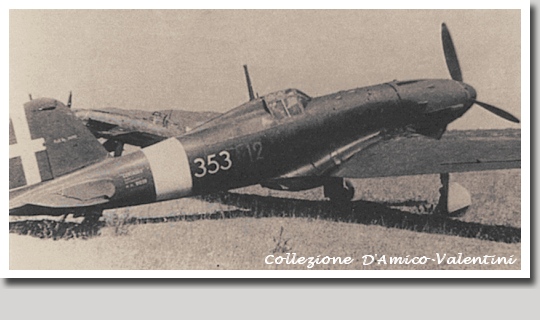
Fig. 11: another Sottoserie 0, number 12 of the 353 Squadriglia (July 1943)
After the Armistice the Sottoserie 0's delivered to the Regia Aereonautica and sequestered by Germans were shipped to North Italy and then delivered to the Aviazione Repubblicana (AR, later in 1944 the name changed in Aviazione Nazionale Repubblicana, or ANR). In the meanwhile, the production of the aircrafts belonging to the Serie I had started in Turin under the control of the German authorities. In November 1943 the completion of 128 G55's was authorized and started the delivery of the new aircrafts to the units of the AR.
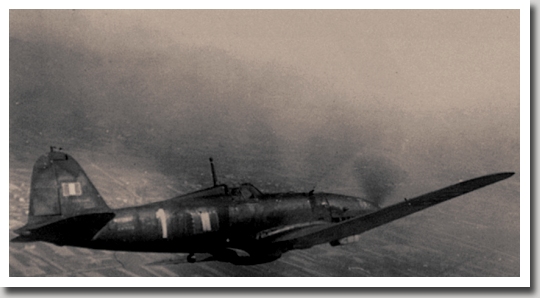
Fig. 12: a Sottoserie 0 in service with the ANR (1944)
Production of Serie I G55's continued until August 1944. During this period about 50 G55's were delivered to the ANR. In April 1944 an Allied raid over Turin produced heavy damage to the Aeritalia plants, destroying several G55's, some near to be completed in the assembly lines and others ready for the delivery on the factory airfield. In August, after the MM91150 episode, the German authorities stopped the G55 production and ordered the scrapping of all the aircrafts in the factory. In September all Aeritalia activities officially ended.
The ANR, concerning fighters units, was organized in two Gruppi Caccia (Fighter Groups), each one with a Nucleo Comando (Command Flight) and three Squadriglie (Squadrons): 1st, 2nd and 3rd in the I Group, and 4th, 5th and 6th in the II Group. There were also a Squadriglia Complementare d'Allarme (Complementary Scramble Squadron) and a Squadriglia Scuola Caccia (Fighter School Squadron). A third Gruppo Caccia was planned but never constituted.
The first Squadriglia to be equipped with G55's was the Squadriglia Complementare d'Allarme. This Squadriglia was named "Montefusco" (that is a little town in South of Italy, known for wine production), and was based at Venaria Reale, near Turin, were it operate in defense of the city and the industries, among which there were the Fiat/Aeritalia plants for the G55 production. The Montefusco was equipped with Sottoserie 0's captured by Germans after the Armistice and new produced Serie I's. The Montefusco started its operations in January 1944. Among the successes of the Squadriglia there was a B17 on 29 March, the same day the Commander of the Squadron, Capt. Giovanni Bonet, was killed in action. After that day the name of the Squadriglia changed in "Montefusco-Bonet". In May 1944 the Squadriglia was redeployed at Reggio Emilia and later in June it was incorporated in the I Gruppo Caccia.
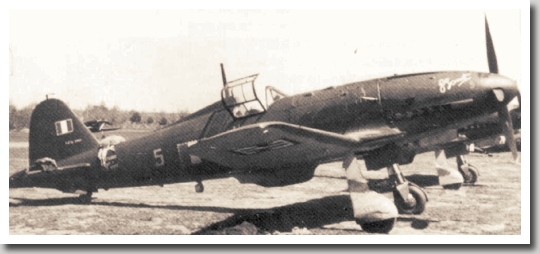
Fig. 13: a Serie 1 belonging to the Montefusco-Bonet Squadron, notice the Capt. Bonet signature on the nose (1944)
After the Montefusco, also the II Gruppo Caccia started to be equipped with G55's (the I Gruppo Caccia was equipped with MC205's). The II Gruppo Caccia organization was the following:
- Nucleo Comando "Diavoli Rossi" (Red Devils, nose art with white background);
- 4th Squadriglia "Gigi tre osei" (Lewis three birds);
- 5th Squadriglia "Diavoli Rossi, sfondo scuro" (Red Devils, nose art with dark background);
- 6th Squadriglia "Gamba di ferro" (Iron Leg).
Note that about numbers of the Squadriglia's some sources use absolute numbers (as in the above list) while others use numbers relative to the Gruppo Caccia, so, for instance, the "Gigi tre osei" can be also referred as the 1st Squadriglia of the II Gruppo Caccia.
The Squadriglia's of the II Gruppo Caccia were initially based at Bresso (near Milan), then they moved to Villa Masone (near Reggio Emilia) and then to Cascina Vaga (near Pavia). The II Gruppo Caccia was equipped with G55's until July 1944. Due to FIAT low production rates that caused shortcoming of spare parts in May 1944 the II Gruppo Caccia begun the transition on German Bf109G.
To be continued ...
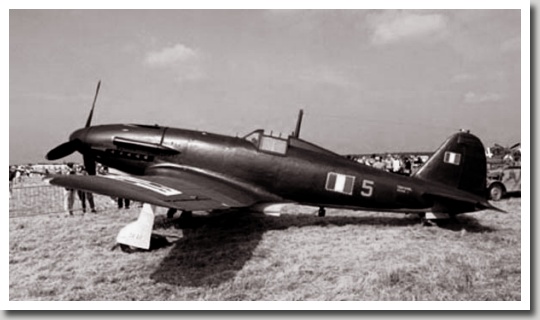
Fig. 14: the restored G55 Serie I, painted as the original shown in fig. 13
References
The main references for the history of the G55 are [1], [2] [3], interesting readings for technical aspects are [4] and [5].
All the photos reproduced in these pages were collected by me from the Internet in many years (actually I started in late 80's, when only mail, news and ftp were available). I resized the pictures and edited them a little to give a common style. Several of the photos appear also in [1], [2] and [3])
Photo n. 8 is by courtesy of F. D'Amico e G. Valentini.
If I'm able to retrieve the owner of the other photos I'll be happy to cite.